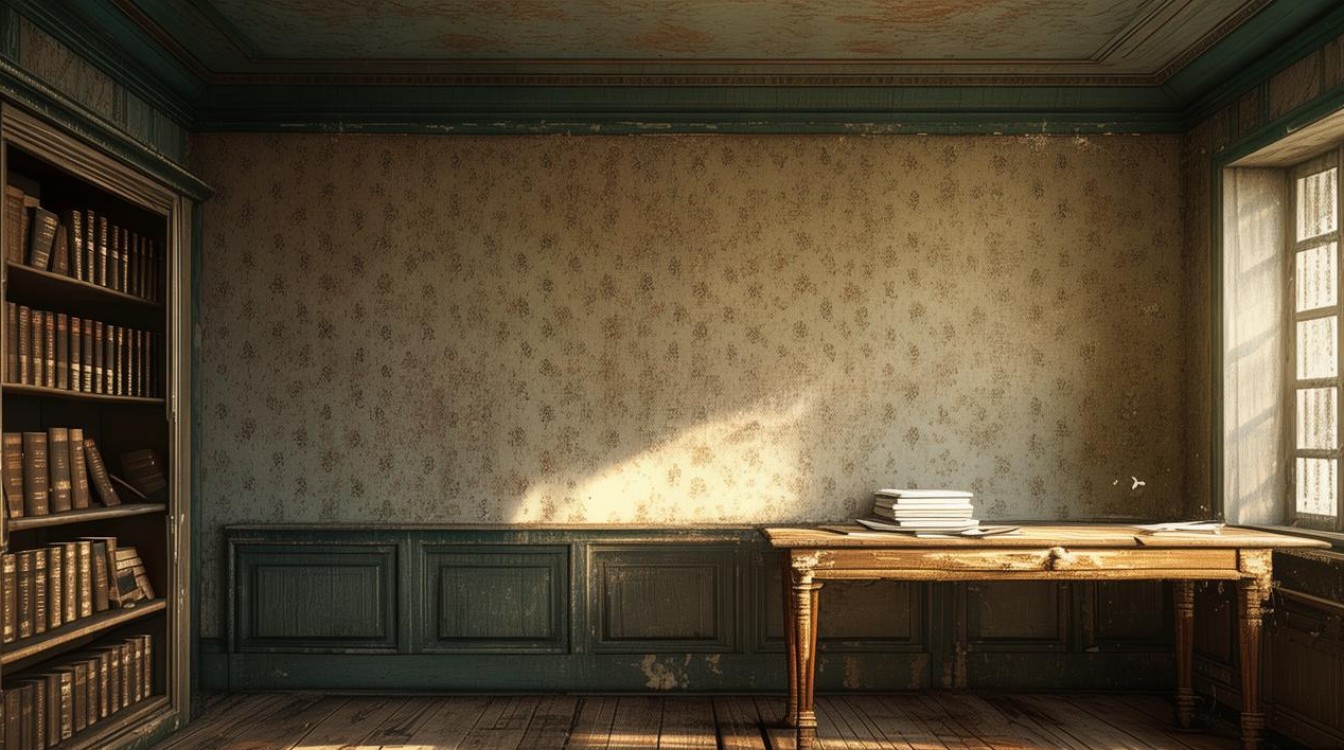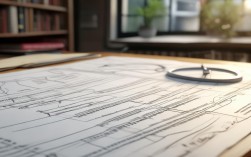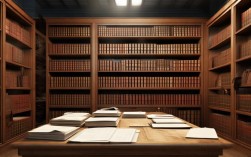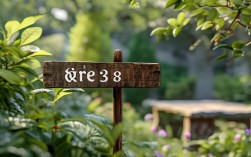题目分析
雅思作文关于老房子的题目通常会有以下几种形式:

-
双边讨论型:
- 题目: Some people think that old buildings should be knocked down to make way for new ones. To what extent do you agree or disagree?
- 分析: 这是最常见的类型,你需要讨论“拆除”和“保留”两个方面的理由,并给出自己的立场,立场可以是完全同意、完全不同意,或者部分同意(即认为在某些情况下应该保留,在某些情况下可以拆除)。
-
利弊分析型:
- 题目: It is more important to preserve old buildings than to build modern ones. Discuss both views and give your own opinion.
- 分析: 这与第一种类似,但更强调“保护”和“建设”之间的权衡,你需要分别论述保护老房子的优点和缺点,以及建设新房子的优点和缺点,最后给出自己的观点。
-
问题解决型:
- 题目: Many old buildings are in danger of being demolished. What are the reasons for this? What should be done to protect them?
- 分析: 这种题目要求你分析“为什么老房子被拆除”的原因,并提出“如何保护”的解决方案。
核心关键词:
- Old buildings / historic buildings / heritage sites / traditional architecture
- Preserve / protect / conserve / restore / renovate
- Knock down / demolish / tear down / replace / redevelop
- Modern buildings / contemporary architecture / urban development
思路拓展与论点
在动笔前,先构建一个清晰的“观点库”,确保你的论证有深度和广度。
【支持保留老房子的论点】
-
文化与历史价值:
- 论点: 老房子是“活的历史教科书”,承载着一个城市、一个国家的记忆和文化。
- 支撑: 它们见证了历史事件,反映了特定时期的社会风貌、建筑技术和艺术审美,拆除它们等于抹去了一段集体记忆。
-
美学与旅游价值:
- 论点: 独特的建筑风格(如古罗马式、哥特式、中式园林等)是城市景观的重要组成部分,具有不可替代的美学价值。
- 支撑: 老城区、历史街区是重要的旅游景点,能吸引大量游客,带动当地经济发展(酒店、餐饮、纪念品销售等),北京的胡同、巴黎的玛莱区。
-
教育与科研价值:
- 论点: 老房子是建筑学、历史学、社会学等领域的研究对象。
- 支撑: 它们为后人研究古代建筑技术、材料使用和生活方式提供了宝贵的实物资料。
-
情感与身份认同:
- 论点: 对于当地居民来说,老房子是“乡愁”的寄托,是社区认同感和归属感的来源。
- 支撑: 它们是几代人共同生活的空间,充满了故事和情感,拆除它们会破坏社区的凝聚力。
-
可持续性:
- 论点: 从长远来看,修复和再利用老房子比拆除和重建更环保、更经济。
- 支撑: 拆除和新建会产生大量的建筑垃圾,消耗大量能源和材料,而“适应性再利用”(Adaptive Reuse),如将老厂房改造为艺术馆、Loft公寓,既能保留历史风貌,又能赋予其新的功能。
【支持拆除或部分拆除的论点】
-
现代化与城市发展的需要:
- 论点: 城市需要扩张和更新,以满足日益增长的人口和现代化的需求。
- 支撑: 老房子可能位于黄金地段,拆除后可以建造更宽敞的住宅、更高效的办公楼、更现代化的商场或公共设施(如医院、学校),从而提升城市的整体功能。
-
安全与居住标准:
- 论点: 许多老年久失修,存在严重的安全隐患(如结构不稳、电路老化、消防设施不足)。
- 支撑: 维修成本极高,甚至可能超过重建的费用,为了居民的生命安全,拆除重建是更合理的选择。
-
经济效益:
- 论点: 新建筑能创造更高的经济价值。
- 支撑: 新的商业地产可以带来更多的税收,新的住宅可以改善居民的居住条件,提升房产价值,对于一些没有显著历史价值、破败不堪的普通老房子,拆除重建是更经济的选择。
-
功能过时:
- 论点: 老房子的设计(如低矮的层高、狭窄的门窗、落后的布局)已经无法适应现代生活方式。
- 支撑: 它们可能无法满足现代人对采光、通风、储物空间和智能家居的需求。
范文结构与模板
一篇高分雅思作文通常遵循以下四段式结构:
- 引言段: 背景引入 + 重述题目 + 明确给出你的观点(Thesis Statement)。
- 主体段一: 论述你的第一个主要论点,并给出解释和例子。
- 主体段二: 论述你的第二个主要论点,并给出解释和例子。
- 结论段: 总结全文观点 + 重申立场 + (可选)提出建议或展望未来。
模板句式:
-
- The issue of whether to preserve historic buildings or to replace them with modern ones has sparked a heated debate.
- In the era of rapid urbanization, the fate of old buildings has become a contentious issue.
- While some argue that these structures should be demolished to make way for progress, I firmly believe that their preservation is of paramount importance.
-
主体段:
- First and foremost, ...
- A primary argument in favor of preservation is that...
- From a cultural perspective, ...
- On the other hand, proponents of demolition often highlight...
- Another compelling reason is that...
-
- In conclusion, ...
- To sum up, while the need for urban development is undeniable, ...
- Therefore, a balanced approach that takes into account both historical value and modern needs is essential.
范文示例
这里提供两篇范文,一篇偏向“保护”,一篇偏向“平衡/辩证”,你可以根据自己的思路选择。
偏向“保护”
The Imperative to Preserve Our Architectural Heritage**
In the relentless march of urban development, the fate of old buildings often hangs in the balance. Some contend that these outdated structures should be demolished to make room for modern, more functional edifices. However, I firmly believe that preserving old buildings is not merely a sentimental choice but a crucial responsibility for safeguarding our cultural identity and collective memory.
First and foremost, old buildings are invaluable repositories of history and culture. They are physical manifestations of a bygone era, each telling a unique story about the people, events, and artistic achievements of the past. For instance, the ancient temples and courtyard houses in Beijing are not just bricks and mortar; they are the living archives of Chinese civilization. Demolishing them would be akin to tearing pages from a history book, severing the tangible link between generations and erasing a significant part of our national heritage. This cultural loss is irreversible and impoverishes our society.
Furthermore, these historic structures often serve as powerful engines for tourism and the local economy. Cities renowned for their well-preserved historical districts, such as Paris or Rome, attract millions of visitors annually. These tourists spend money on accommodation, dining, and entertainment, creating jobs and stimulating economic growth. The charm and character of these areas, derived from their authentic architecture, are their primary assets. Replacing them with generic modern buildings would transform these unique destinations into faceless metropolises, thereby destroying the very source of their appeal and economic vitality.
In conclusion, while the need for modernization is undeniable, it should not come at the expense of our architectural heritage. Old buildings are irreplaceable links to our past, vital components of our cultural identity, and key drivers of our tourism economy. Therefore, we must prioritize their preservation through careful restoration and adaptive reuse, ensuring that they continue to enrich our cities for centuries to come.
偏向“平衡/辩证”
A Balanced Approach to Urban Development and Heritage Conservation**
The debate surrounding the demolition of old buildings to make way for new development is a complex one, pitting the demands of progress against the value of history. While I acknowledge the necessity of urban modernization, I contend that a blanket policy of demolition is short-sighted. Instead, a more balanced approach, which judiciously preserves significant heritage while allowing for strategic redevelopment, is the most sensible path forward.
On the one hand, the preservation of historic buildings is essential for maintaining cultural continuity











